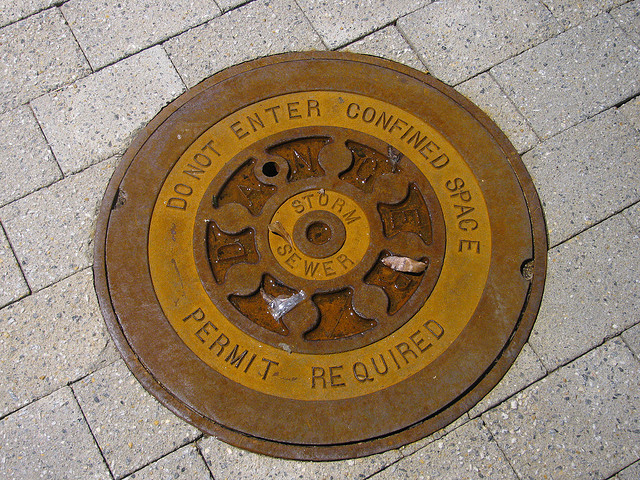Working in Confined Spaces Risk Assessment
Whether you work in an office or under the sun, sometimes everyone feels like they’re working in a tiny, unescapable box. When it comes to high risk construction work however, there is a specific meaning for working in confined spaces. This affects the many different factors a confined spaces risk assessment must take into account when conducting hazard management.
Regulation 5 of Australia’s Work Health and Safety Regulation defines a confined space based on to the hazards associated with it. Under this definition and under the codes of practice outlined by Safe Work Australia, a confined space means an enclosed or partially enclosed space that:
o is not designed or intended primarily to be occupied by a person; and
o is, or is designed or intended to be, at normal atmospheric pressure while any person is in the space; and
o is or is likely to be a risk to health and safety from:
- an atmosphere that does not have a safe oxygen level, or contains contaminants, including airborne gases, vapours and dusts, that may cause injury
- fire or explosion, or harmful contaminants
- engulfment.
- examples may include vats, tanks, pits, pipes, ducts, flues, chimneys, silos, containers, pressure vessels, underground sewers, wet or dry wells, shafts, trenches, tunnels
Many of the generic risks involved with working in confined spaces include:
o loss of consciousness, impairment, injury or death due to the immediate effects of:
- airborne contaminants
- fire or explosion from the ignition of flammable contaminants
- difficulty rescuing and treating an injured or unconscious person
o asphyxiation resulting from oxygen deficiency or immersion in a free-flowing material such as grain, sand, fertiliser, water or other liquids.

An effective and compliant confined space risk assessment example will take notice of these generic but identifiable hazards:
- Restricted entry or exit
- Presence of harmful airborne contaminants
- Unsafe oxygen levels caused when oxygen in the atmosphere is:
- Fire and explosion
- Unstable substances that risk engulfment
- Uncontrolled introduction of substances
- Contact with biological agents
- Exposure to mechanical hazards
- Contact with electrical hazards
- Skin contact with hazardous substances (this will require a hazardous substances risk assessment)
- Noise
- Manual tasks
- Radiation
- Environmental hazards
For more details on these hazards and the related risk control measures, read the SafeWorkPro Blog.

